SOURCE: RAUNAK KUNDE / NEWS BEAT / IDRW.ORG
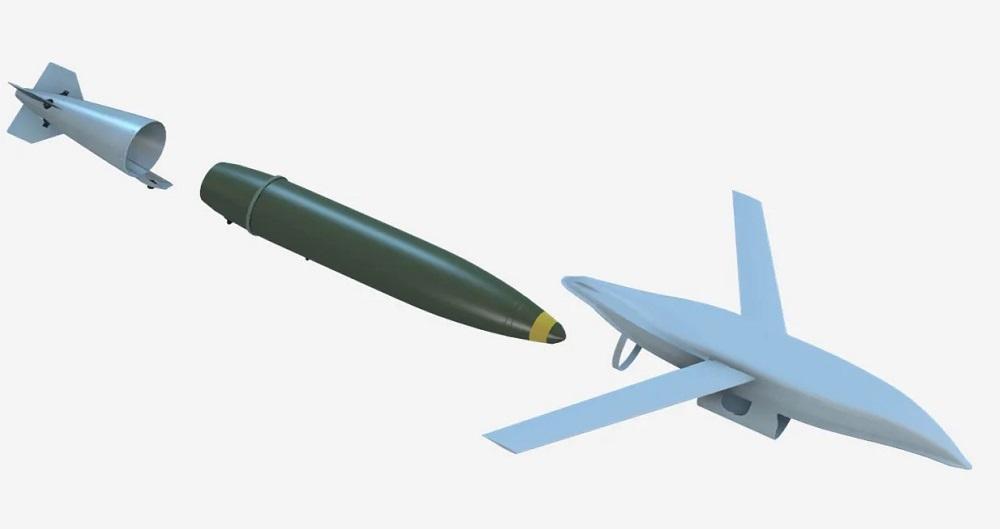
The Ministry of Defence (MoD) has issued a new challenge through iDEX ADITI Edition 1.0, targeting Indian startups. This initiative aims to enhance the capabilities of the Indian Air Force (IAF) by seeking the development of a Range Extension Kit (REK) for existing 250 kg High-Speed Low Drag (HSLD) bombs.
The core objective of this challenge is to develop a rocket or engine-assisted REK equipped with an Electro-Optical/Infra-Red (EO/IR) head for terminal guidance. This kit will be designed to:
Continue readingSOURCE: RAUNAK KUNDE / NEWS BEAT / IDRW.ORG
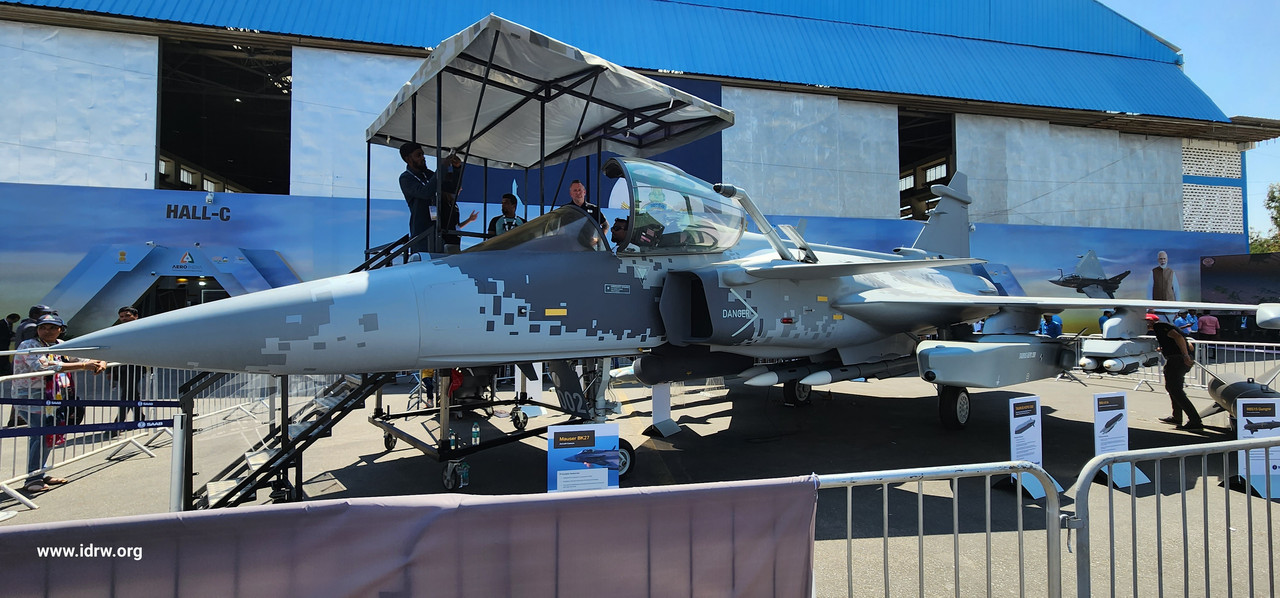
Mats Palmberg, Chairman and Managing Director of Saab India, recently shed light on the Swedish defense giant’s position in India’s ambitious Multi-Role Fighter Aircraft (MRFA) project. With cautious optimism and a commitment to partnership and innovation, Saab India eagerly awaits the government’s next move in this pivotal defense procurement endeavor.
Saab India’s journey in the MRFA project began with the submission of a comprehensive response to the Request for Information (RFI) in 2018. Since then, the company has engaged in extensive consultations with the Indian Air Force, striving to refine and clarify its proposal to align with the nation’s strategic objectives and operational requirements.
Continue readingSOURCE: AFI
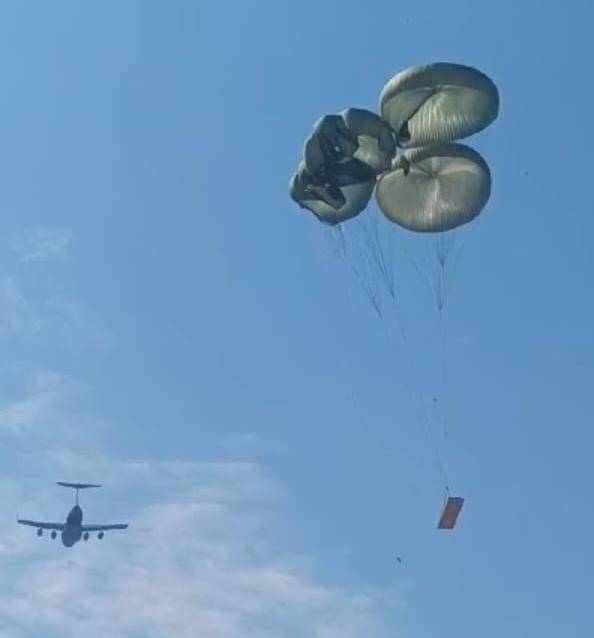
In a significant development towards achieving self-reliance in defense (Aatmanirbhar Bharat), India successfully airdropped an indigenously developed heavy platform during trials. This platform, designed by the Aerial Delivery Research and Development Establishment (ADRDE) and capable of carrying a substantial load of 45,000 pounds, was airdropped from an Indian Air Force (IAF) C-17 aircraft.
This successful test marks a major milestone in India’s journey towards self-sufficiency in defense equipment and capabilities. The ability to airdrop such heavy platforms significantly enhances the combat capabilities of the IAF’s C-17 fleet.
Continue readingSOURCE: AFI

In his final opinion piece for “The Print,” retired General MM Naravane raises a critical concern regarding India’s defense procurement strategy. He argues that the pursuit of the “perfect” weapon system, often embodying the “Future Combat Vehicle (FCV)” concept, can lead to delays and ultimately result in acquiring no new equipment at all.
Gen. Naravane highlights the “FCV” program, aimed at replacing aging tanks and personnel carriers, as an example of this “wishful thinking” approach. He warns against focusing on “weapons you wish you had” and emphasizes the need for a more practical and adaptable approach.
Continue readingSOURCE: AFI

Discontent continues to simmer in Ladakh as a strike gripped Leh district on Wednesday. This action reflects the ongoing deadlock between the central government and representatives of the region over its future status.
Leh Apex Body (LAB) and Kargil Democratic Alliance (KDA), representing various social, religious, political, and student groups from both districts, held talks with Union Home Minister Amit Shah and a sub-committee formed to address their demands.
Continue readingSOURCE: IDRW.ORG TEAM.
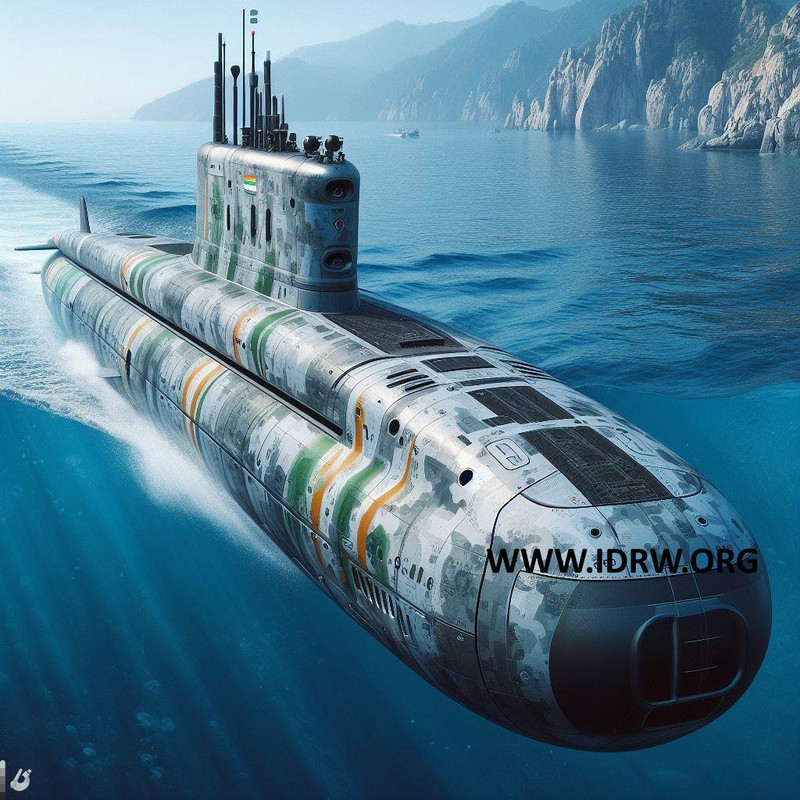
India’s quest for self-reliance in underwater warfare takes a new turn with Project-76, a program to design and build next-generation conventional diesel submarines. However, unlike previous projects, the design phase will be handled solely by the Warship Design Bureau (WDB), bypassing the country’s premier submarine builder, Mazagon Dock Shipbuilders Limited (MDL).
While MDL, with its experience in constructing over 8 submarines, initially expected to play a key role, officials have confirmed their exclusion from the design phase. However, they express eagerness to participate in manufacturing once the WDB finalizes the design.
Continue readingSOURCE: IDRW.ORG TEAM.

The Adani Group has spoken to the Financial Times in response to critical Indian media reports surrounding their export of Hermes 900 UAV aero-structures and subsystems to Israel. The company emphasizes that the UAVs in question are designed solely for intelligence, surveillance, and reconnaissance (ISR) missions.
Various media outlets have alleged that these drones possess armed capabilities and may have been used for bombing targets. However, IAI, the developer of the Hermes 900 platform, notes that while it offers a 450kg payload capacity suitable for various applications, the company has never explicitly confirmed the ability to be armed.
Continue readingSOURCE: AFI
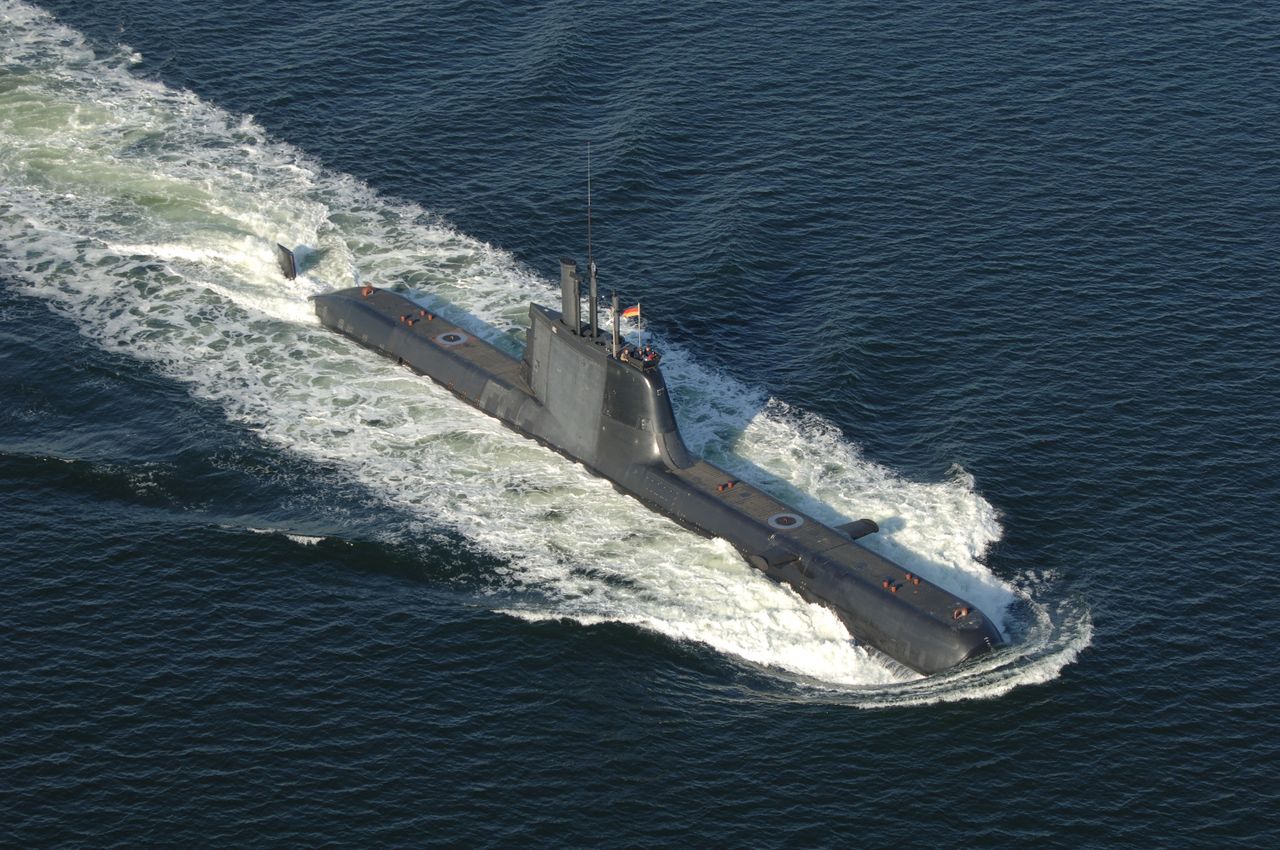
The Indian Navy has successfully concluded the Technical Evaluation Committee (TEC) stage for its P-75I program, a crucial step in acquiring new conventional submarines.
The project aims to bolster India’s underwater defense capabilities by inducting six new submarines. Two companies emerged as frontrunners after submitting bids:
Continue readingSOURCE: AFI

Vehicle Research and Development Establishment (VRDE) in Ahmednagar has achieved a significant milestone in the field of defense technology with the successful realization and testing of the indigenously designed and developed CBRN Reconnaissance Vehicle (Wheeled) at the National Center for Automotive Testing (NCAT), Ahmednagar. The vehicle’s developmental trials, which included rigorous testing of mobility, obstacle crossing, compliance of CBRN instrumentation, area marking, sample collection, and firing trials of RCWS 7.62mm, were executed with commendable precision and efficiency.
CBRN reconnaissance units play a critical role in safeguarding national security by detecting and responding to Chemical, Biological, Radiological, and Nuclear (CBRN) threats. The successful realization of the CBRN Reconnaissance Vehicle underscores VRDE’s commitment to innovation and excellence in the design and development of wheeled combat vehicles.
Continue readingSOURCE: RAUNAK KUNDE / NEWS BEAT / IDRW.ORG

The Indian Army set to order an additional 100 South Korean-developed K-9 Vajra self-propelled howitzers, but debates are intensifying over the need for a shift towards greater reliance on self-propelled artillery. Lessons from the Ukraine War, where towed howitzers have proven vulnerable to counter-battery attacks, emphasize the importance of agility and survivability for modern battlefields.
Wheeled self-propelled howitzers offer potent firepower and enhanced mobility compared to traditional towed systems, but lack the armored protection and off-road capabilities of tracked platforms. India’s ambitious modernization plans include acquiring over 800 wheeled self-propelled howitzers, and a significant increase in its tracked artillery fleet.
Continue readingSOURCE: RAUNAK KUNDE / NEWS BEAT / IDRW.ORG
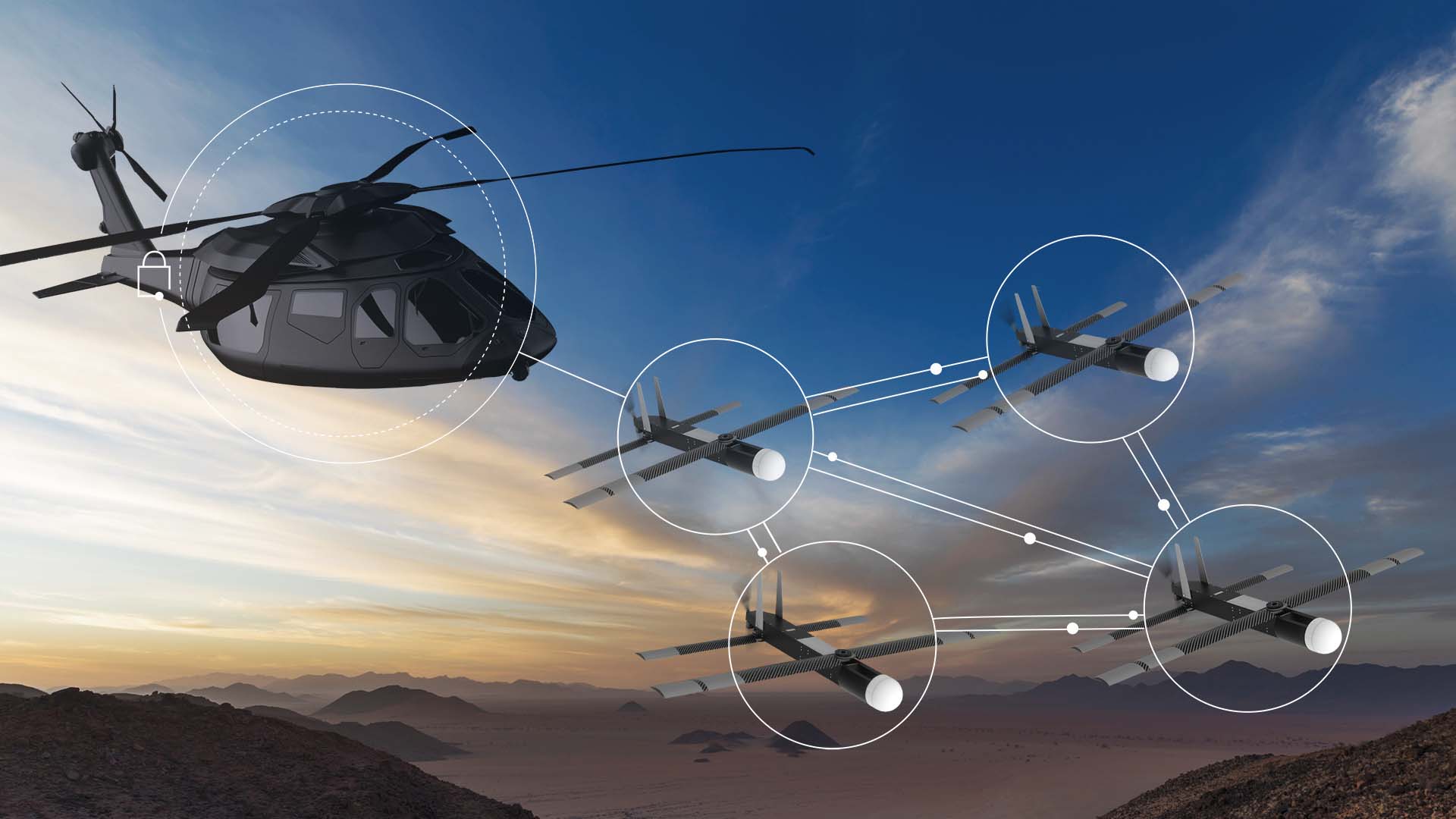
The Ministry of Defence (MoD) has issued a new challenge through iDEX ADITI Edition 1.0, targeting Indian startups. This initiative seeks the development of a next-generation weapon system for the Indian Air Force (IAF) – a helicopter-launched drone with Man-Unmanned Teaming (MUM-T) capability.
The primary goal is to equip Mi-17 class helicopters, a mainstay of the IAF, with a launch-and-forget or pilot-in-the-loop controlled drone solution. This armed drone should be capable of carrying a minimum warhead of 50 kilograms and strike targets at a distance exceeding 40 kilometers.
Continue readingSOURCE: RAUNAK KUNDE / NEWS BEAT / IDRW.ORG
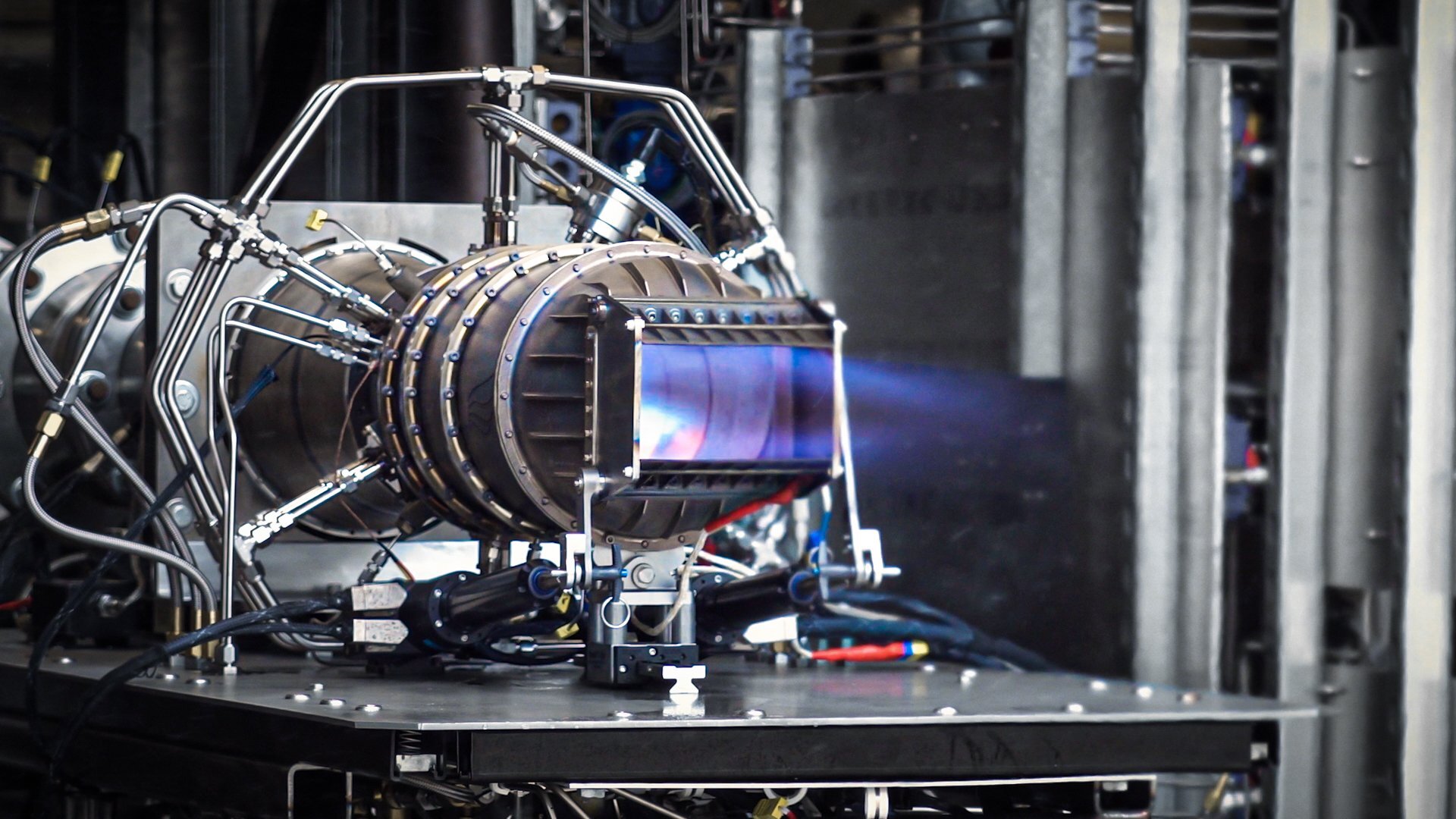
The Ministry of Defence (MoD) has launched a new initiative under iDEX ADITI (Acing Development of Innovative Technologies with iDEX) – Edition 1.0. This program specifically targets Indian startups with the challenge of developing a high supersonic to hypersonic ramjet engine for fixed-wing flying objects used by the Indian Navy.
The project aims to achieve self-reliance in a critical defence technology – hypersonic propulsion systems. This technology is crucial for developing next-generation missiles and high-speed aircraft capable of exceeding hypersonic speeds (Mach 5 and above).
Continue readingSOURCE: AFI

India has set an ambitious target to increase its share of the global space economy from 2% to 10% within the next six years, according to Union Minister of State for Science and Technology, Jitendra Singh.
“While India’s space economy currently stands at $8 billion, our own projections suggest it will multiply significantly by 2040,” Singh said. “However, some international observers, like the recent ADL (Arthur D Little) Report, believe India has the potential to reach $100 billion by 2040.”
Continue readingSOURCE: AFI

China’s continued increase in defense spending, exceeding 7% for the third consecutive year despite a slowing economy, is raising concerns among its regional rivals, including India. Though still dwarfed by the US military budget, China’s spending now triples that of India, creating a significant disparity in power projection.
The year 2027 is seen as a potential point of inflection, coinciding with the centenary of the People’s Liberation Army (PLA) and raising anxieties about President Xi Jinping’s potential use of military force to bring Taiwan under mainland control, as suggested by assessments from the US Indo-Pacific Command.
Continue readingSOURCE: AFI
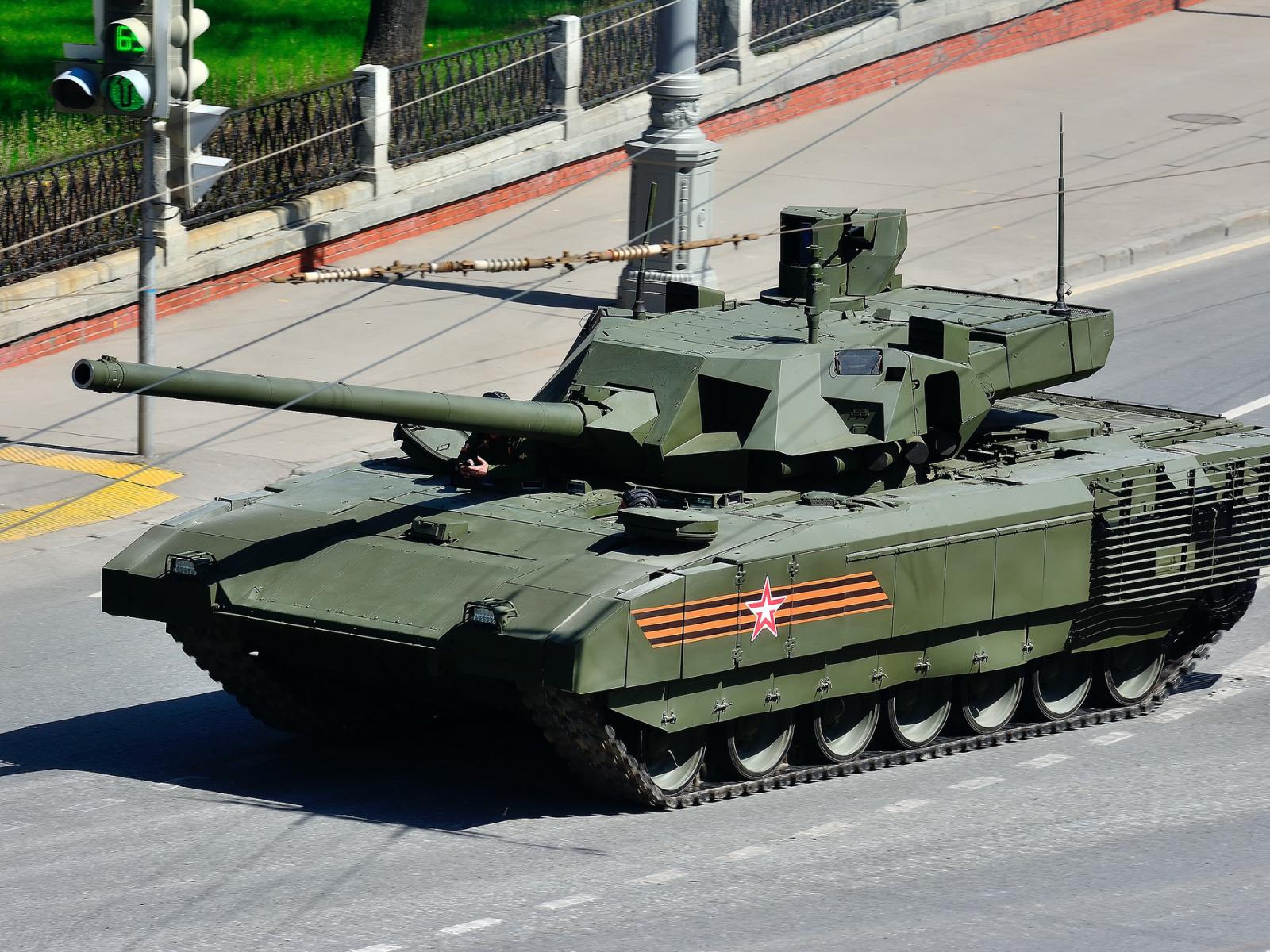
Russia has decided to forgo deploying its most advanced T-14 Armata tanks in the ongoing war against Ukraine, citing high costs according to Sergei Chemezov, CEO of Rostec, a state-owned defense company.
While acknowledging the T-14 Armata’s superior functionality, Chemezov emphasized the financial burden of the tank. He argued that the resources are better allocated towards developing “perhaps cheaper” weapons, suggesting the T-90 tanks as a more cost-effective option for the current conflict.
Continue reading